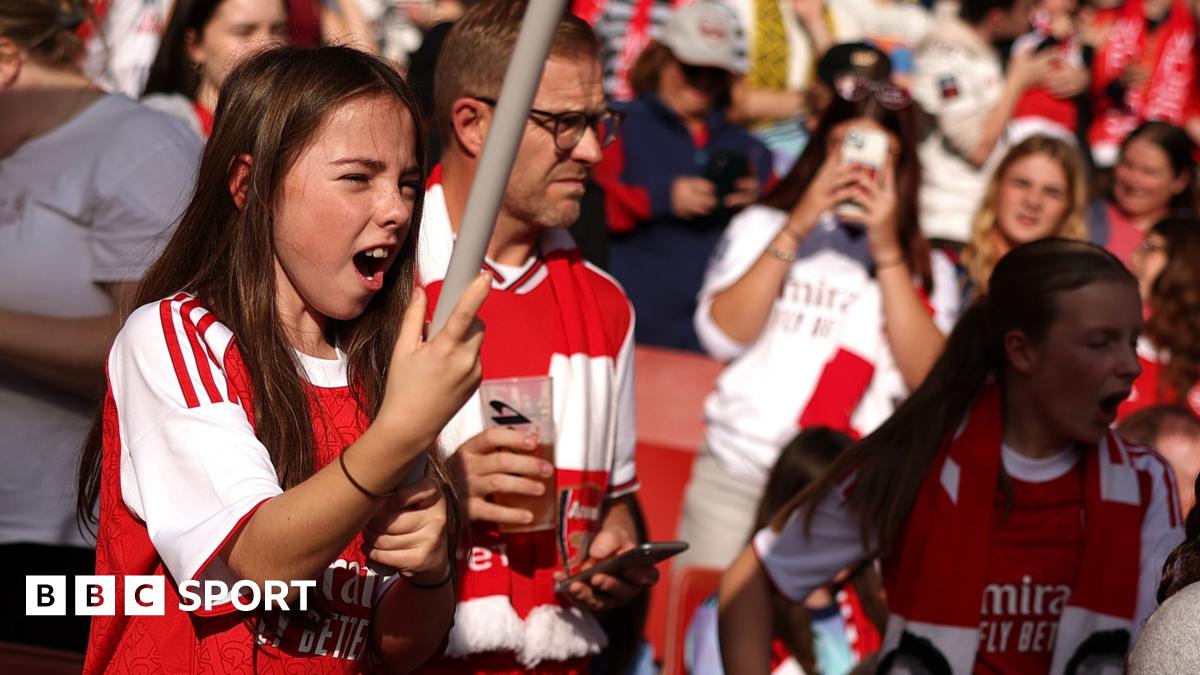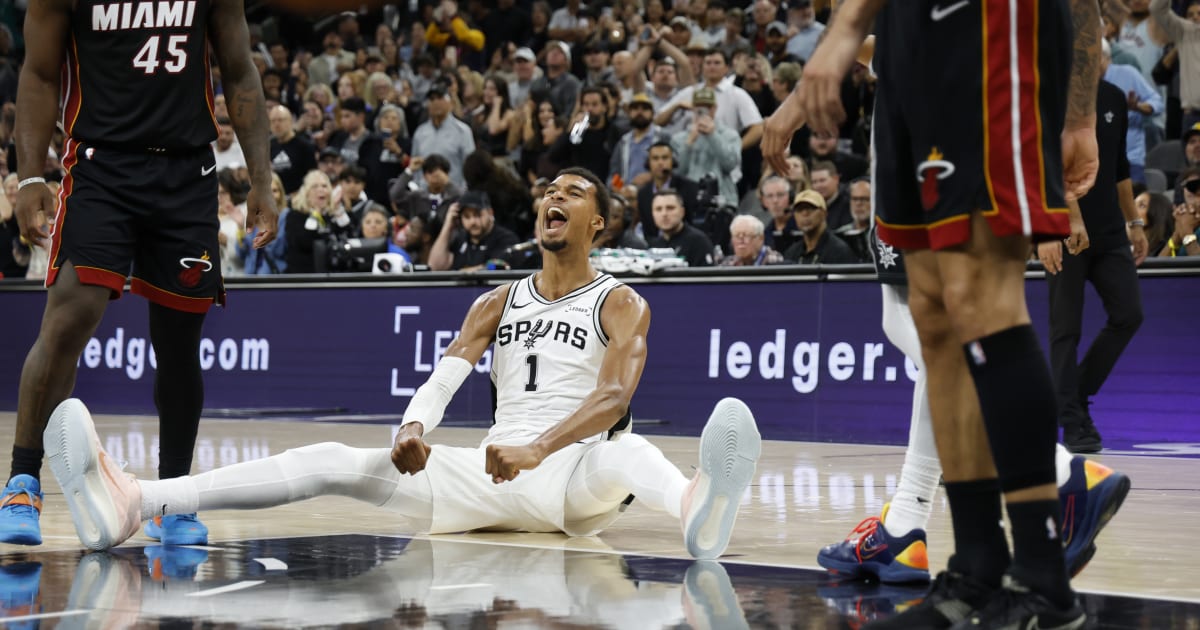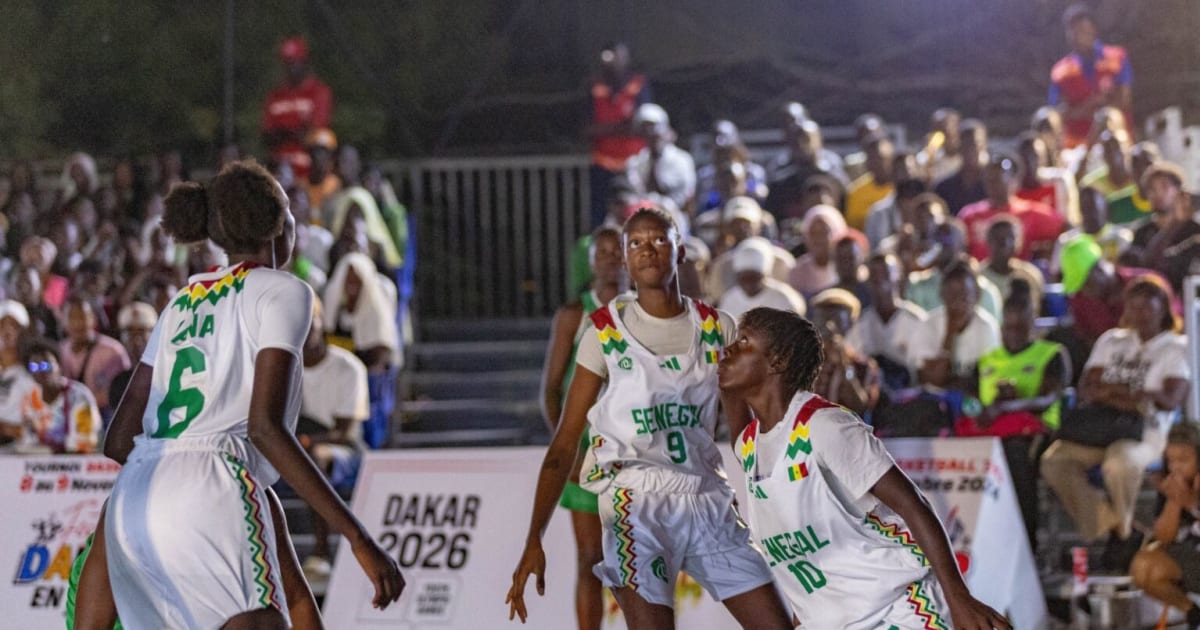WSL: Has England winning Euro 2025 impacted domestic women's football?

One of the constant refrains throughout England's triumphant run at Euro 2025 - and most women's football matches in recent years - has been how important the success of the national team has been for the growth of the game.And there has certainly been growth. The amount of media exposure and discussion of women's football in England over the past 10 years - since England finished third at the 2015 World Cup - has grown enormously and has been supercharged since their Euro title in 2022.But has their most recent triumph in Switzerland had the same impact?Looking at the average attendances for the past four Women's Super League (WSL) seasons, there was a clear jump following England's Euro 2022 win and their run to the final of the 2023 World Cup, but figures fell slightly during the last campaign.This season the league has averaged almost 6,500 fans per game. And, while it is important to note that the season is very much in its infancy with most teams having played only six games - and teams including Manchester City, Manchester United and Tottenham have yet to play at their larger, men's stadiums - there has clearly not been the bounce experienced three years ago.There have also been two rounds of WSL fixtures this season staged on weekends without Premier League games - compared to one round at this point last year - which is typically when the WSL will target bigger crowds.Comparing the first six games of the season to this stage last year, the Women's Sport Trust, external reported a fall of 1% in attendances.But there are signs of success at some clubs.Everton now play most of their home games at Goodison Park following the men moving to the Hill Dickinson Stadium.Their two WSL matches at their new home have drawn crowds of 6,473 and 4,313 - a huge rise from the previous two seasons, when they averaged 2,000 at Walton Hall Park. Their first game at the Hill Dickinson against Manchester United attracted 18,154 fans.Manchester United, meanwhile, had a crowd of 8,665 for their 0-0 draw with Arsenal this season - a club record for a WSL match at their Leigh Sports Village home.There has been a more concerted push in women's football for a dedicated fan base, to solidify the recent success and exposure into something longer term."It's a really good strategy," says Nicky Kemp, editorial director of marketing consultancy Creativebrief."If we use the men's game as a blueprint, the women's game will always lose. It will always be behind the curve if you compare transfer fees or how many people are in the stadiums."A lot of clubs have never had a strategy for filling stadiums, so they need to learn how to get fans in to experience games."It is not always linear. You have the post-2022 boost in player profiles, but the clubs who are capitalising are those who are ahead of the curve, like Arsenal putting the women's games at the Emirates."Arsenal are a fascinating case study. Playing all their WSL home games at the 60,000-seater Emirates for the first time this season, they have the largest permanent home capacity of any English women's side.In three games this campaign none of their attendances has broken the 40,000 mark, compared to two out of three at the start of last season.Yet last year they faced Manchester City and Chelsea in those first three games, while they have not hosted one of the other big four teams this campaign, and the club are not worried about lower crowds as they push more for a returning core of supporters rather than tens of thousands of day-trippers."We are very happy with the fans we have," Arsenal manager Renee Slegers told her post-Brighton news conference when asked by BBC Sport about the attendance of 27,336."I am happy and proud of the fans we have and the attendances we have."Arsenal host Chelsea on 8 November, and by last Friday they had sold 50,000 tickets., external Last season 45,860 fans attended the same fixture.For 2025-26, Arsenal have sold about 17,000 season memberships for women's games. Compare this to the capacity of Meadow Park - where they played most of their home games until 2024 - which is 4,500."Our focus this season is on working together with these supporters to make the Emirates feel like the true home of Arsenal Women now all WSL matches are here," a club spokesperson said.The Emirates now has the women's team honours on boards around the stadium bowl next to the men's trophies, while the club say more family toilets and baby changing facilities have been implemented to reflect the changing demographic of fans who attend the stadium regularly.Another issue for WSL fans is kick-off times.New timings this season mean many more games start at noon, rather than the staggered kick-off times WSL fans were used to, while the divisive 18.45 slot on a Sunday has been scrapped.On 5 October three matches kicked off at 11.55 so as not to clash with Sky's Premier League pick, which started at 14:00.With many junior football leagues playing on Sunday mornings, sports-mad families are having to choose between participating and attending, while using public transport on a Sunday morning to get to games can also be a challenge.One plus is that games not picked for broadcast on BBC or Sky are now on YouTube, with the much-maligned FA Player consigned to the scrapheap."The growth of YouTube has been really positive," says Kemp. "But I think there is still concern about not setting women's football at a definitive time in the schedule, so the idea of the overall visibility of the sport... that has yet to be seen on the whole."The second tier, rebranded WSL2 for the 2025-26 season, features 12 full-time teams for the first time after newly promoted Ipswich and Nottingham Forest went professional over the summer.Professionalism also means treating players like professionals. A common complaint has been female players having to use men's boots, which have been linked to the spate of serious knee ligament injuries in the WSL.In September sportswear giants Nike announced it would provide free boots, external for WSL and WSL2 players, and gloves for keepers - standard practice at the top level of the men's game.Below the professional level, an extra promotion place has been added from the third tier. Previously, the winners of the Women's National League North and South had to play off for a place in the second division; now both champions go up.And at grassroots level the game seems to be in good health.Before the Euros, Sport England released figures stating that 835,000 girls regularly play football - an increase of 165,000 compared to 2017 - and that over the past decade almost 100,000 women have taken up the sport; 215,000 regularly played football a decade ago compared to 310,000 now.On 28 July, the day after the final, the FA said there was a 196% increase on the average number of daily searches for female football-playing opportunities on the Find Football tool on its website.



.jpg)





